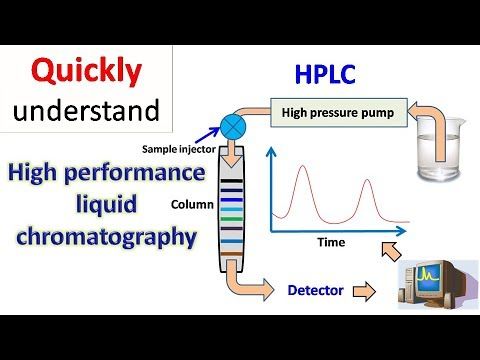This is a very general question so I will try to give a general, but useful, answer. I assume that you mean the type of columns used in modern HPLC.
First, almost all columns are now prepared in stainless steel tubes, to allow for use at high pressure. There are a few non-metal columns for special applications.
The stationary phase inside the column (the “packing”) on most columns is based on highly porous and purified silica. The surface of the silica is easily modified to change the chemical properties of the surface (see below). Some phases are based on polymers such as polystyrene-divinylbenzene or other inorganics such as zirconia or alumina.
In “normal phase HPLC” the stationary phase is more “polar” than the mobile phase (solvent) that is pumped through the column. Examples are bare silica, or silica that has been modified with amino or cyano groups on the surface.
In “reversed phase HPLC” the stationary phase is less polar than the mobile phase. The most common column has an octadecyl carbon chain bonded to the surface and is called a “C18” column. Other options are C8, phenyl, biphenyl, and many others.
Ion exchange columns contain a charge on the surface - either positive or negative, to attract molecules with the opposite charge. They are called either “anion exchange” or “cation exchange” based on what type of ion they attract.
Size exclusion/gel permeation columns are usually inert, porous polymers. Separation occurs as molecules wander in and out of the pores.
There are a few other minor examples, but they are less common.

